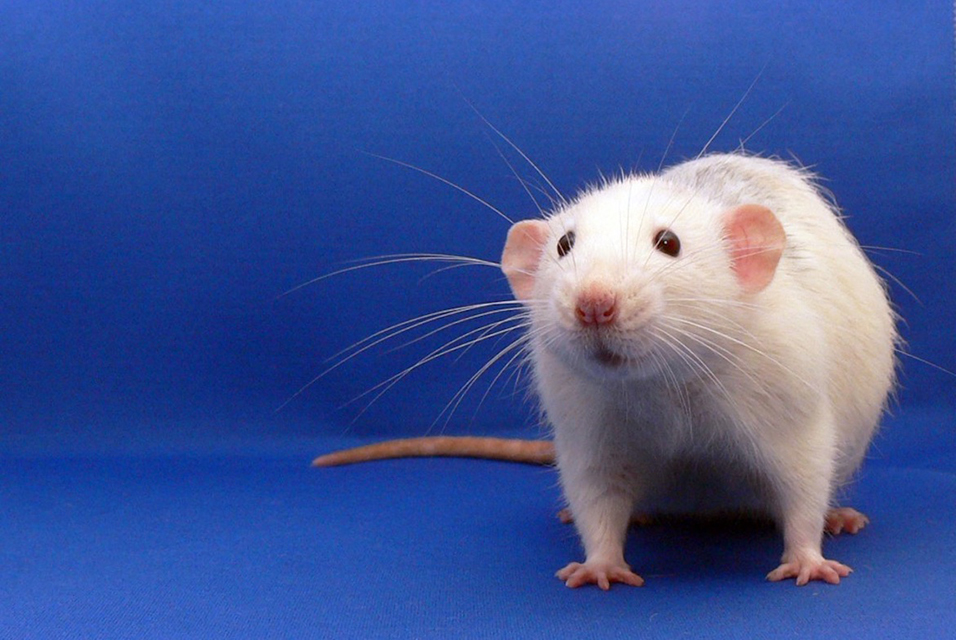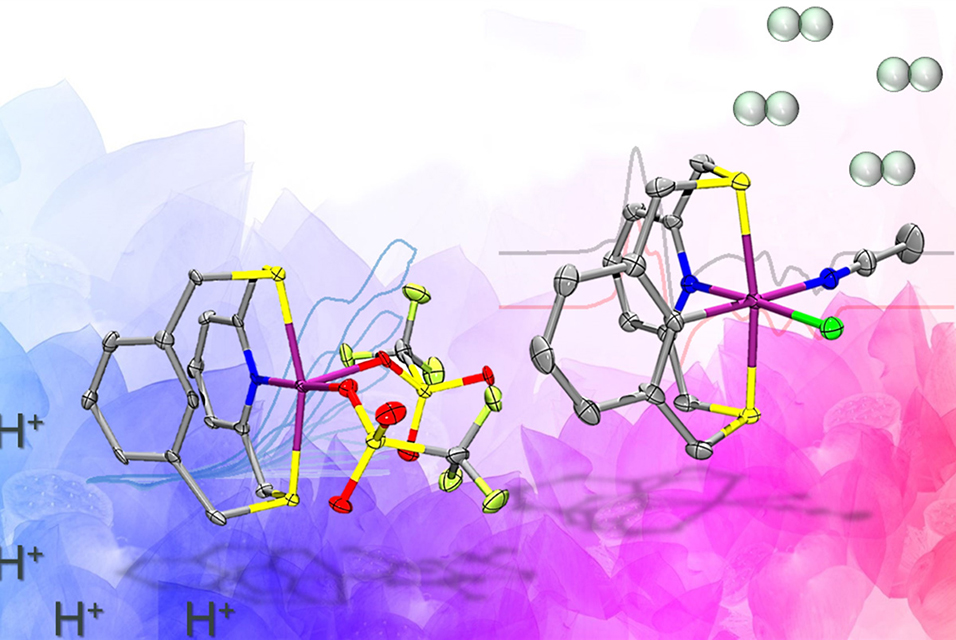LOS ANGELES, CA.- Animals, like humans, appear to be troubled by a Linda problem.
The famous “Linda problem” was designed by psychologists to illustrate how people fall prey to what is known as the conjunction fallacy: the incorrect reasoning that if two events sometimes occur in conjunction, they are more likely to occur together than either event is to occur alone.
Now, for the first time,
UCLA psychology researchers have shown that this type of logical error isn’t the sole province of humans — surprisingly, rats seem to make the same mistakes. Their study is published in the journal Psychonomic Bulletin and Review.
“The classical research has all been done with humans, so the usual explanation for the effect attributes it to a departure from rationality distinct to humans,” said Valeria González, a postdoctoral psychology researcher at UCLA and first author of the study. “Our work shows that maybe there is a more general mechanism shared between humans and rats.”
If rats do, as the research findings suggests, succumb to the conjunction fallacy, they could potentially serve as good research models for studying psychopathological conditions characterized by false beliefs or the perception of nonexistent events, like schizophrenia and certain anxiety disorders, the authors said.
But back to Linda. In the 1980s, Nobel laureate Daniel Kahneman and his colleague Amos Tvesrky showed that in a variety of scenarios, humans tend to believe, irrationally, that the intersection of two events is more probable than a single event. They asked participants to answer a question based on the following scenario.
Linda is 31 years old, single, outspoken and very bright. She majored in philosophy. As a student, she was deeply concerned with issues of discrimination and social justice and also participated in anti-nuclear demonstrations.
Which is more probable?
1. Linda is a bank teller.
2. Linda is a bank teller and is active in the feminist movement.
The great majority of participants chose No. 2, although logically it is less probable than Linda being a bank teller alone. After all, No. 1 would not preclude Linda from also being an active feminist, but given the description of Linda, No. 2 may be easier for respondents to imagine.
The Linda problem and numerous similar studies seem to indicate that humans estimate the likelihood of an event using mental shortcuts, assessing how similar the event is to a model they already have in their minds. The formation of these models, known as representativeness heuristics, relies on a combination of memory, imagination and reasoning universal in humans but thought to be rare or nonexistent in other animals.
Sound, light and the conjunction fallacy in rats
Some have argued that the conjunction fallacy, rather than being a true logical error, may hinge on language, particularly people’s uncertainty about the meaning of words like “likely” and “probability.” Others have pointed out that Linda’s detailed backstory might have biased respondents. But previous research has suggested that humans also are prone to conjunction fallacies when performing physical tasks.
To determine whether the fallacy necessarily involves language and whether it is unique to humans, González engaged rats in a physical, not social, task. With psychology professor Aaron Blaisdell, she designed two experiments that required the rats to judge the likelihood of just a sound being present or both a light and sound being present in order to receive a food reward.
Rats were trained in two scenarios:
Tone + light = reward. In the first, they received sugar pellets if they pressed a lever when a tone played and a steady light was on; they received no food if they pressed they lever when the tone played but the light was off.
Noise alone = reward. In the second scenario, they received pellets if they pressed a lever while a white noise played and a flashing light was off; they received nothing if they pressed the lever when the noise played and the flashing light was on.
The researchers then played the different sounds, a tone or white noise, while the light bulb was unobscured but turned off. The rats reacted accordingly, tending to avoid pressing the lever in response to the tone and pressing it in response to the white noise.
But when researchers obscured the light bulb with a piece of metal and played the sounds, the rats were forced predict whether it was on or off in hopes of receiving the food reward. Interestingly, the rats were much more likely to predict that the obscured light was on. This was true regardless of whether the light had previously signaled the presence or absence of food when accompanying the sound.
The tendency to overestimate the likelihood that both sound and light were present, even if it meant no reward, demonstrates that, like humans, rats can show a conjunction fallacy, the authors said.
“Until now, researchers said this is unique to human cognition only because we haven’t looked for it in animals,” Blaisdell said. “If humans and other animals consider alternative states of the world during ambiguous situations to help decision-making, we might expect systematic biases such as the conjunction fallacy to show a broader distribution in the animal kingdom.”










